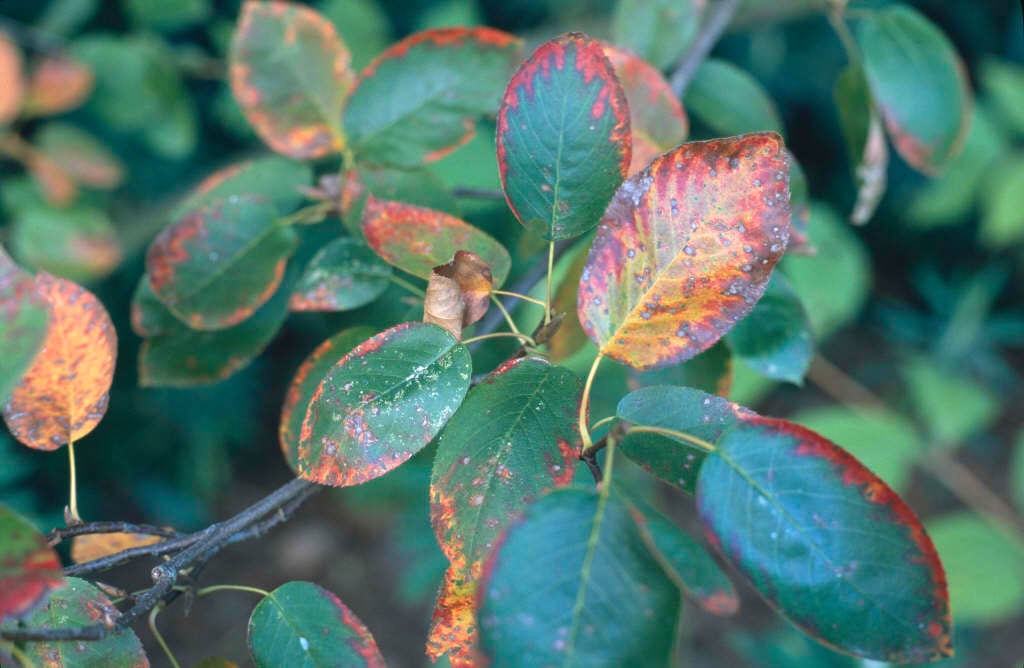Amelanchier × grandiflora 'Ballerina'
serviceberry 'Ballerina'
A vigorous small tree or large shrub with bronze-tinged young leaves which turn orange to purple-brown in autumn. White, relatively large flowers appear on nodding racemes in the spring, followed by small, edible red berries turning to dark purple
Size
Ultimate height
4–8 metresTime to ultimate height
10–20 yearsUltimate spread
4–8 metresGrowing conditions
Moisture
Moist but well–drained, Well–drainedpH
Acid, NeutralColour & scent
| Stem | Flower | Foliage | Fruit | |
| Spring | White | Bronze | ||
|---|---|---|---|---|
| Summer | Green | Purple Red | ||
| Autumn | Brown Orange Purple | |||
| Winter |
Position
- Full sun
- Partial shade
Aspect
South–facing or West–facing or East–facing or North–facing
Exposure
Exposed or Sheltered Hardiness
H7Botanical details
- Family
- Rosaceae
- Native to GB / Ireland
- No
- Foliage
- Deciduous
- Habit
- Bushy
- Potentially harmful
- The berries are edible, but this tree is usually grown as an ornamental plant rather than to provide a crop of fruit in the UK
- Genus
Amelanchier are small deciduous trees or shrubs with showy white flowers in early spring, red to purple fruits and often good autumn colour
- Name status
Accepted
How to grow
Cultivation
Grow in moist, lime free, well-drained soil. The best autumn colour is achieved when grown in full sun
Propagation
Suggested planting locations and garden types
- City and courtyard gardens
- Wildlife gardens
- Low Maintenance
- Hedging and screens
- Edible fruit
Pruning
Pests
Generally pest-free
Diseases
May be susceptible to fireblight and honey fungus
Love gardening
Sign up to receive regular gardening tips, inspiration, offers and more
View our Privacy Policy
Get involved
The Royal Horticultural Society is the UK’s leading gardening charity. We aim to enrich everyone’s life through plants, and make the UK a greener and more beautiful place.

